Halton KVI is a proprietary kitchen ventilation exhaust hood designed for high-performance commercial kitchens. Featuring side-jet technology, it effectively captures and exhausts cooking fumes, smoke, and grease. The hood's adjustable supply air damper allows for customized airflow to maintain a comfortable and well-ventilated kitchen environment. The KVI is equipped with KSA cyclonic filters for efficient grease removal, ensuring a cleaner and healthier workspace. Its durable construction and easy-to-clean surfaces make it ideal for demanding commercial kitchens.
Halton KVI is a proprietary kitchen ventilation exhaust hood designed for high-performance commercial kitchens. Featuring side-jet technology, it effectively captures and exhausts cooking fumes, smoke, and grease. The hood's adjustable supply air damper allows for customized airflow to maintain a comfortable and well-ventilated kitchen environment. The KVI is equipped with KSA cyclonic filters for efficient grease removal, ensuring a cleaner and healthier workspace. Its durable construction and easy-to-clean surfaces make it ideal for demanding commercial kitchens.




















-
 1
1
-
 2
2
-
 3
3
-
 4
4
-
 5
5
-
 6
6
-
 7
7
-
 8
8
-
 9
9
-
 10
10
-
 11
11
-
 12
12
-
 13
13
-
 14
14
-
 15
15
-
 16
16
-
 17
17
-
 18
18
-
 19
19
-
 20
20
-
 21
21
-
 22
22
-
 23
23
-
 24
24
Halton KVI User manual
- Type
- User manual
Halton KVI is a proprietary kitchen ventilation exhaust hood designed for high-performance commercial kitchens. Featuring side-jet technology, it effectively captures and exhausts cooking fumes, smoke, and grease. The hood's adjustable supply air damper allows for customized airflow to maintain a comfortable and well-ventilated kitchen environment. The KVI is equipped with KSA cyclonic filters for efficient grease removal, ensuring a cleaner and healthier workspace. Its durable construction and easy-to-clean surfaces make it ideal for demanding commercial kitchens.
Ask a question and I''ll find the answer in the document
Finding information in a document is now easier with AI
Related papers
Other documents
-
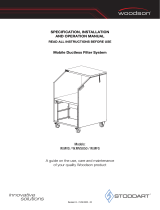 Woodson W.MVS850 User manual
Woodson W.MVS850 User manual
-
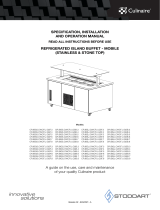 Culinaire CR.IB.CWCF.U User manual
Culinaire CR.IB.CWCF.U User manual
-
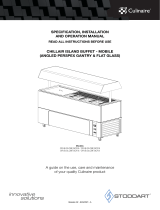 Culinaire CR.IB.CLCBF User manual
Culinaire CR.IB.CLCBF User manual
-
Power Soak SPPS.P2 User manual
-
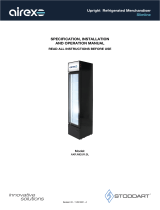 STODDART AXR.MEUR.SL Airex Single Door Upright Slimline Refrigerated Merchandiser User manual
STODDART AXR.MEUR.SL Airex Single Door Upright Slimline Refrigerated Merchandiser User manual
-
 AIREX AXR.MECT.1.0966 Display Fridge User manual
AIREX AXR.MECT.1.0966 Display Fridge User manual
-
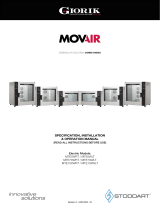 Giorik MTE User manual
Giorik MTE User manual
-
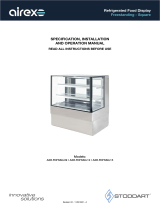 STODDART AXR.FDFSSQ.09 Airex Freestanding Refrigerated Square Food Display User manual
STODDART AXR.FDFSSQ.09 Airex Freestanding Refrigerated Square Food Display User manual
-
 STODDART AXA.FDFSSQ.09 Ambient Food Display Freestanding Square User manual
STODDART AXA.FDFSSQ.09 Ambient Food Display Freestanding Square User manual
-
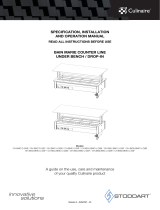 Culinaire CH.BMC User manual
Culinaire CH.BMC User manual





































